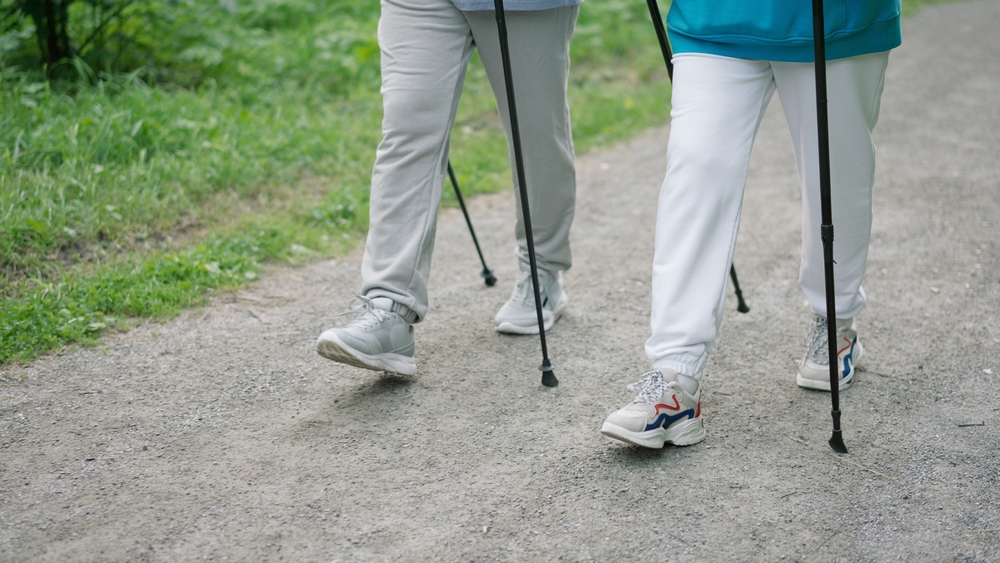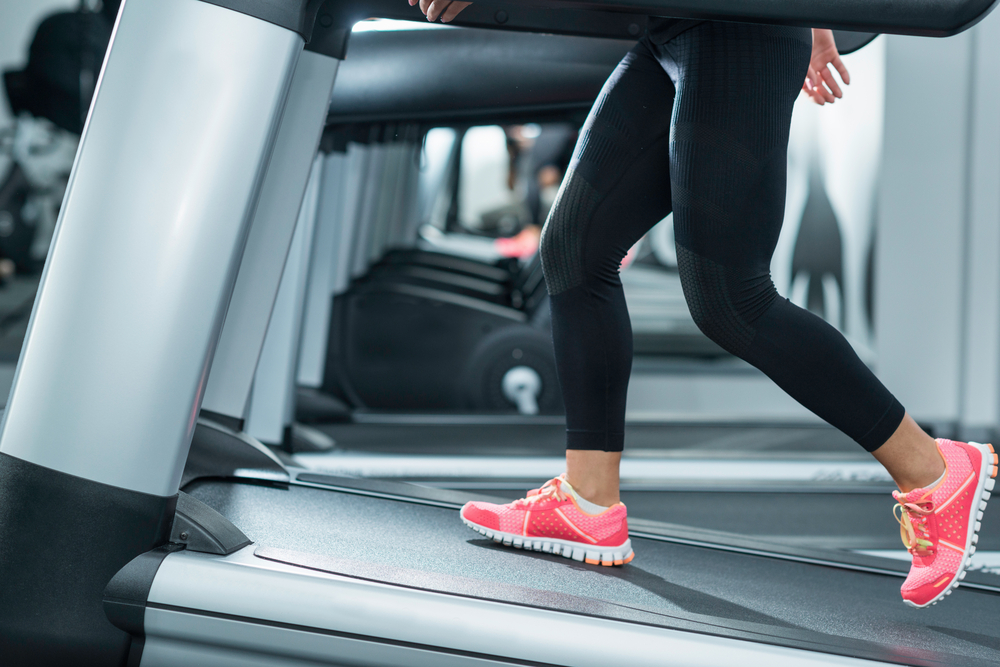A daily walk can work wonders for your body and mind – but with just a few tweaks, you can get even more from every step.
Six experts share their top strategies to make your walks more effective, enjoyable, and beneficial.
Increase your pace for maximum impact

Walking faster boosts cardiovascular health and calorie burn – even if the distance stays the same.
Try interval walking by alternating between a regular pace and short bursts of quicker steps for a more efficient workout in less time.
Also read: Your Guide to Supporting Your Child’s Return to School
Use interval walking to vary intensity

A beginner-friendly approach is to warm up for 5–10 minutes, walk at your normal pace for 2–3 minutes, pick up the pace for 30 seconds, then return to normal speed.
Repeat this pattern for 10–15 minutes and finish at a leisurely pace.
Add hills or inclines to your route

Walking uphill engages your core, strengthens your legs, and challenges your heart and lungs.
Even small slopes make a difference, and downhill walking works your quads in a unique way.
Also read: Why adults get dizzy more easily than children
Use treadmill incline for an indoor challenge

If you’re indoors, set your treadmill incline to 0.5–1%.
Avoid holding the handrails, take shorter strides, and gradually increase the incline as your strength and stamina improve.
Try a weighted vest

A weighted vest can transform a simple walk into a more athletic experience.
The extra load strengthens your core, legs, and back, improves posture, and increases calorie burn. Choose a vest that’s 5–10 % of your body weight.
Also read: This might be how people act around you when they think you’re attractive
Start light with the weighted vest

Begin with 10–15 minutes while wearing the vest, and make only one change at a time – either add weight, increase pace, or extend your distance.
Alternate between vest and vest-free walks to allow recovery.
Walk more often during the day

Short walks spread throughout the day can have a big impact, especially if you spend long hours sitting.
Aim for five minutes of walking every 30 minutes to improve energy, mood, and focus.
Also read: These Everyday Foods Can Be Dangerous If Prepared Incorrectly
Turn breaks into mini walks

Even a slow stroll at just 2 mph can lower blood sugar and blood pressure while fighting brain fog. It’s not always about distance – frequency matters just as much.
Match your walk to your mood and needs

Some days you may crave the peace of nature, other days social interaction or a good podcast.
Ask yourself what you need today so your walk becomes something to look forward to.
Pay attention to how you feel

Notice your physical and mental state during and after your walk.
Also read: From your lungs to your brain: How laughter boosts your whole body
The mental benefits can appear after just one walk, while physical changes may take longer – but both are worth the effort.
This article is based on information from Health.com.
